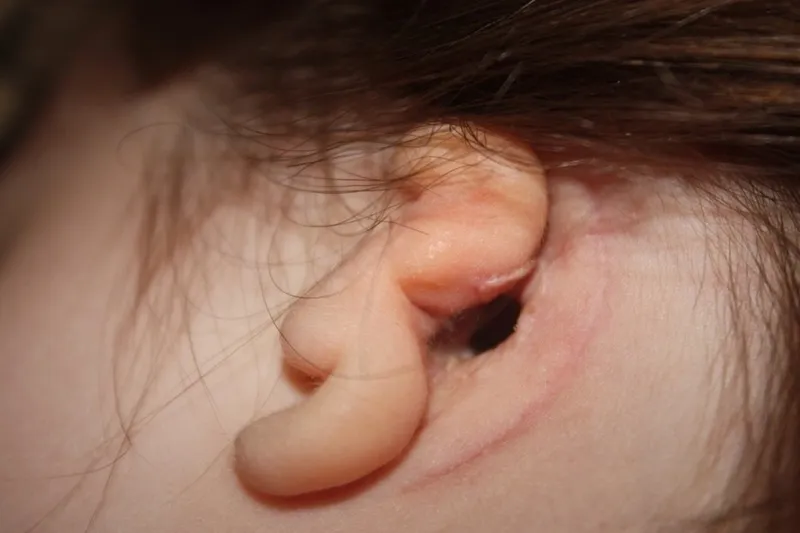ATRESIA TREATMENT OPTIONS
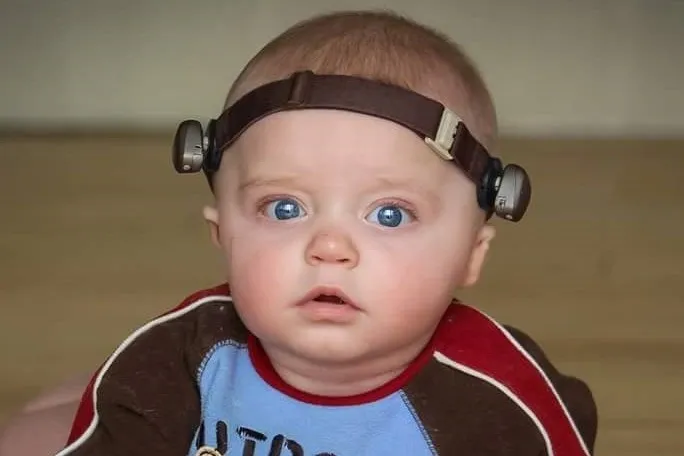
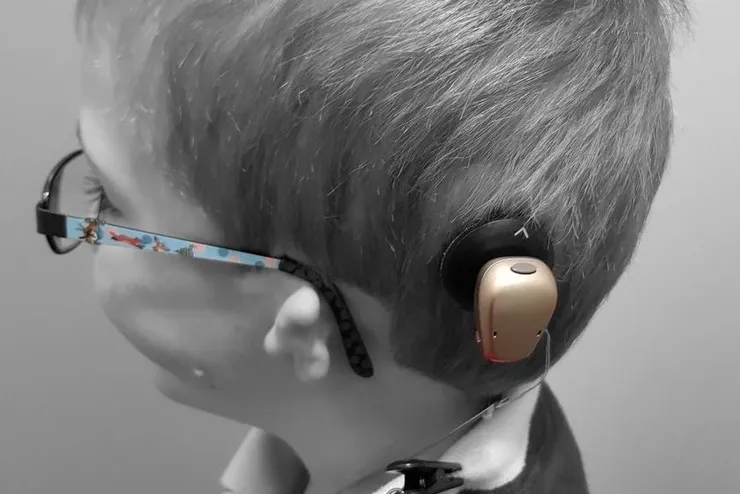
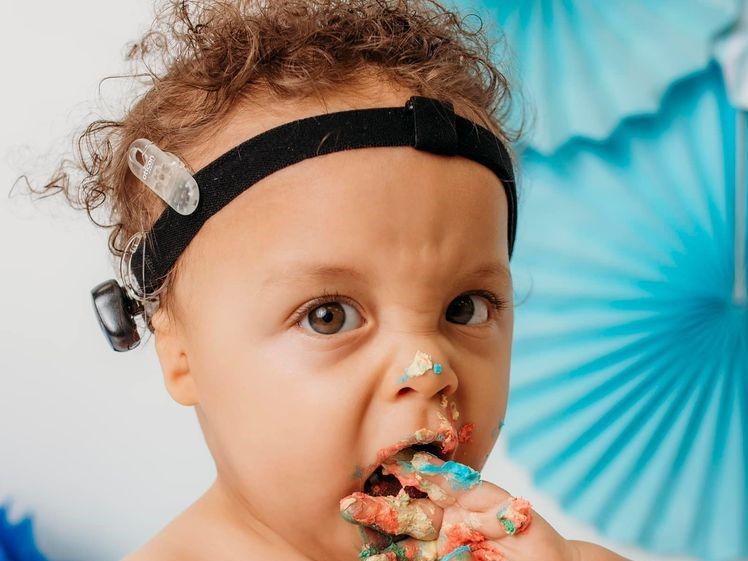
The options available for children with atresia include:
- Bone conduction devices (on a soft band)
- Implantable devices
- Atresia Repair Surgery
What bone conduction devices are available?
There are several bone conduction devices available for children including the Baha (made by Cochlear) and Ponto (made by Oticon Medical). These devices can be worn on a softband for patients of any age, including babies (and even adults as well). MED-EL make a device called the ADHEAR which is attached behind the ear with an adhesive adapter (sticker) instead of being on a softband.
All eligible Australian babies born with atresia are entitled to a subsidised bone conduction device through Hearing Australia (worn on softband). The subsidised device currently available to all children with atresia is the Ponto bone conduction device made by Oticon Medical. Hearing Australia offers subsidised services and devices to all children with a hearing loss up until age 26. Children with unilateral atresia and entitled to one device, and bilateral children can be fitted with a custom headband that holds 2 devices. Contact your local Hearing Australia office to discuss your child’s individual needs or to organise a trial of a bone conduction device.
Microtia Atresia Australia can facilitate a trial of the ADHEAR device. Register your interest HERE.
More information about the features and specifications of each device can be found on each company’s website at:
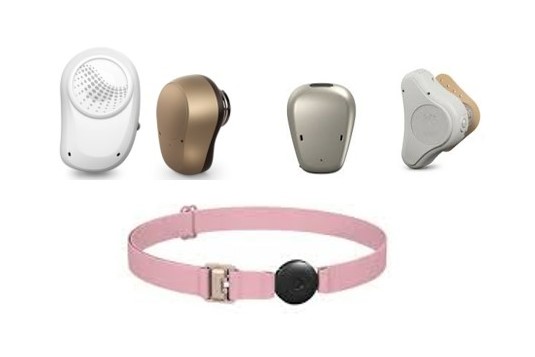
What implantable devices are available?
There are also a range of implantable devices available for children and adults with atresia. These devices are surgically implanted and are approved for children from different ages, depending on device. Many are available for children from 5 years of age and older. Parents should investigate each of these options before making any decisions, and talk to other patients who have the devices and their parents. They should stay up to date with any advances, improvements or new technology available so they can make informed decisions for their child.
There are a number of great options available for children with atresia, so parents need to choose which is best for their child. Each device offers different features and functions, and some devices may be more suitable for children of different ages or in certain environments.
The options include –
Bone Conduction Implants e.g. Baha, Ponto, Osia or Bonebridge
Implantable bone conduction devices transmit sounds via bone conduction, but instead of being worn on a Softband, have surgically implanted components. These systems use the same processors that are attached to the softbands, but are held in place by either a surgically implanted titanium abutment or a magnet. The sound processor is connected to the implant via an abutment or magnet. Parents should research each of these options and then discuss these with their ENT as they are the specialists who perform these procedures.
Middle Ear Implants e.g. Vibrant Soundbridge
The VIBRANT SOUNDBRIDGE is a middle ear implant that converts sounds into mechanical vibrations which directly stimulate the structures of the middle ear, conducting sound to the inner ear.

Other options available for atresia
Atresia Repair Surgery
Atresia Repair Surgery is also an option for children who are suitable candidates. Atresia Repair (or canalplasty) is the surgical procedure to create an ear canal and can improve or potentially restore hearing. It attempts to give natural hearing to the ear by removing the bone between the surface and the middle ear space, freeing the ear bones (ossicles), constructing an ear drum (tympanic membrane), lining the new canal with a skin graft and creating an opening (meatus).
This procedure is technically very difficult and there are not many ENT surgeons in the world who specialise in this procedure. It is therefore extremely important to choose a well trained and experienced surgeon in this procedure, should you choose to pursue this option.
Assistive Listening Devices e.g. Soundfield System, Remote Microphone System (FM System)
These devices can assist children by helping overcome the effects of noise and distance. They are particularly beneficial in schools and other educational settings to improve the quality of sound that students receive in typically noisy classrooms/early childhood learning environments.
